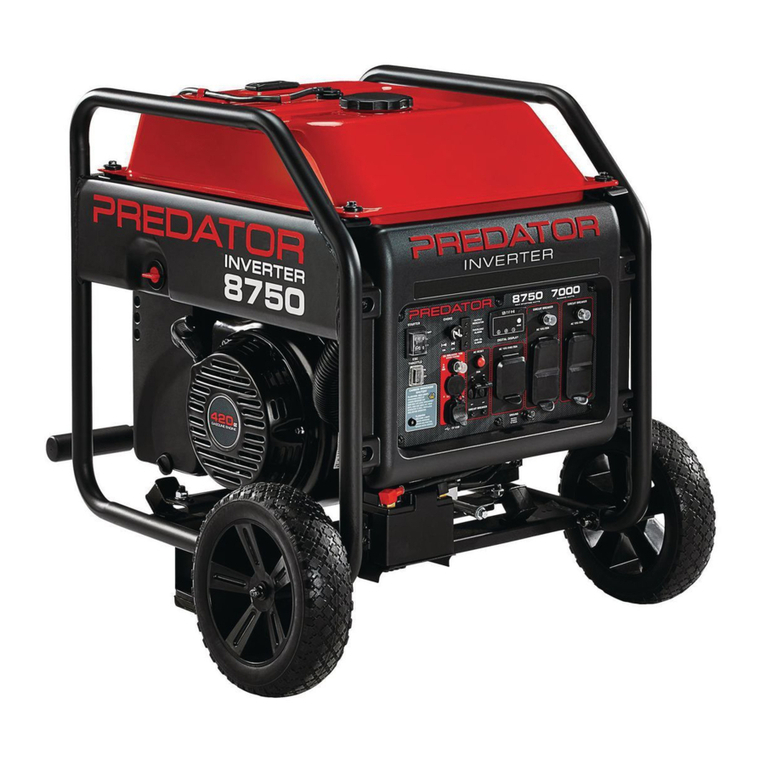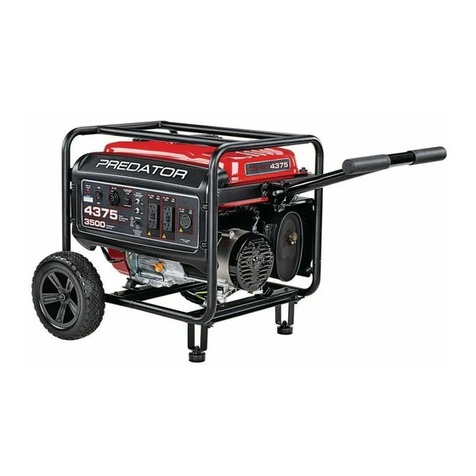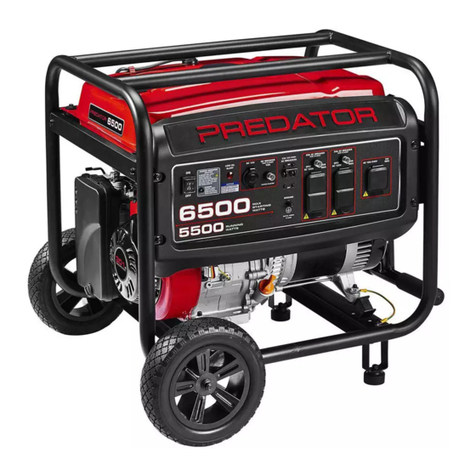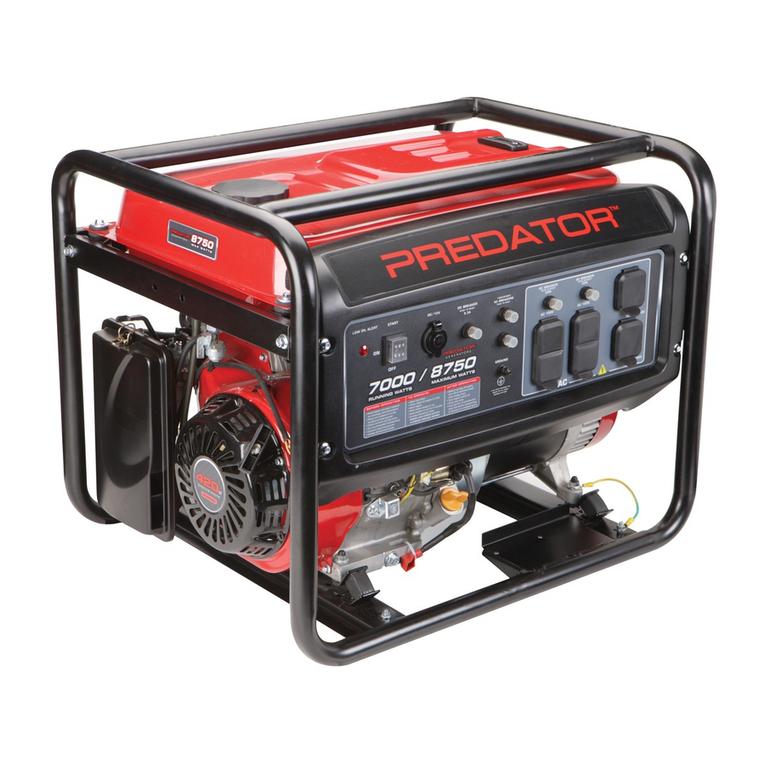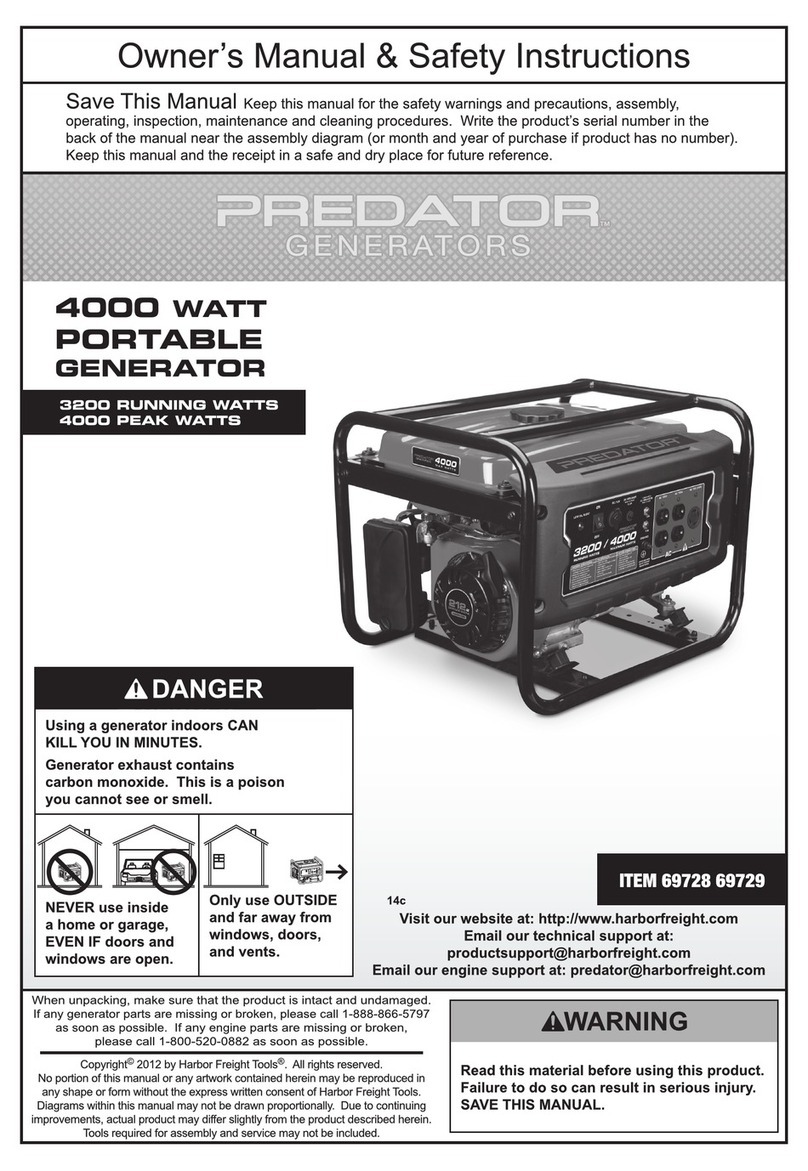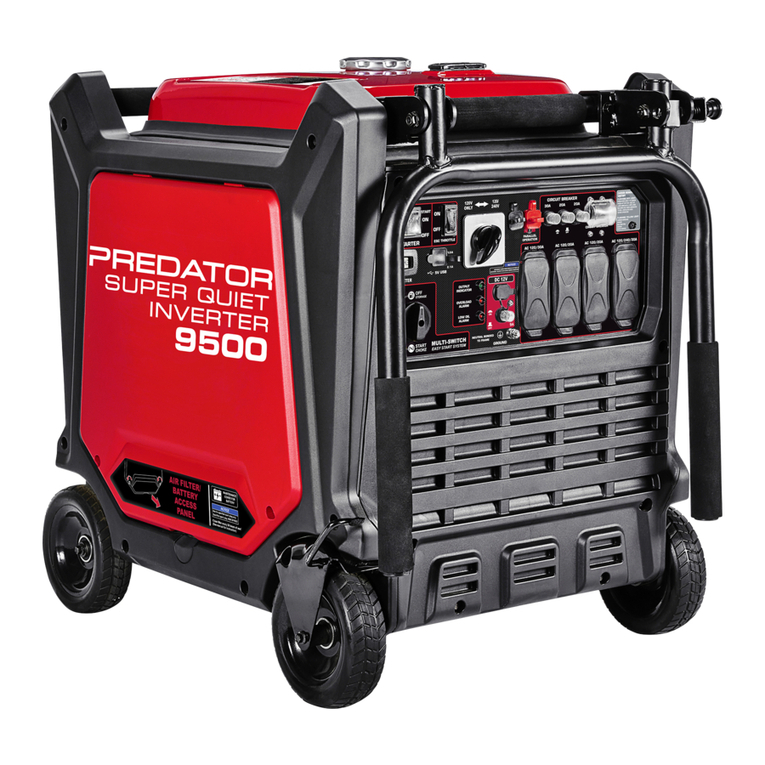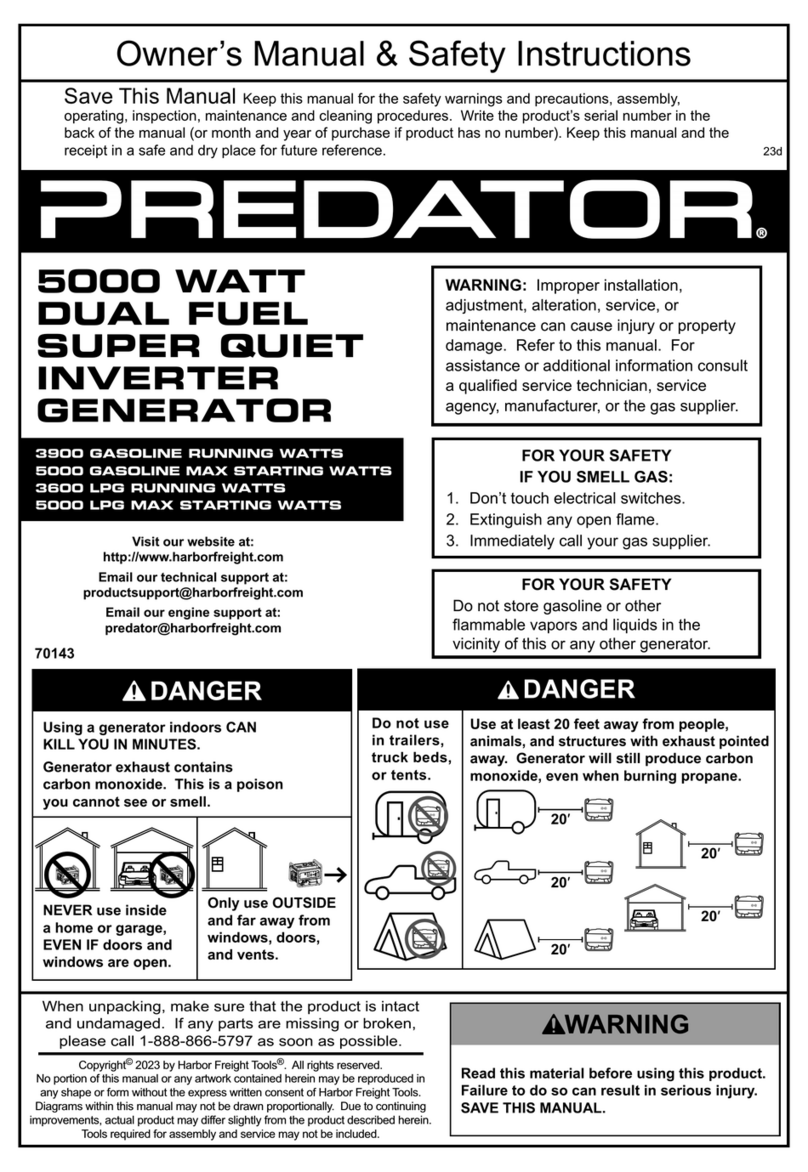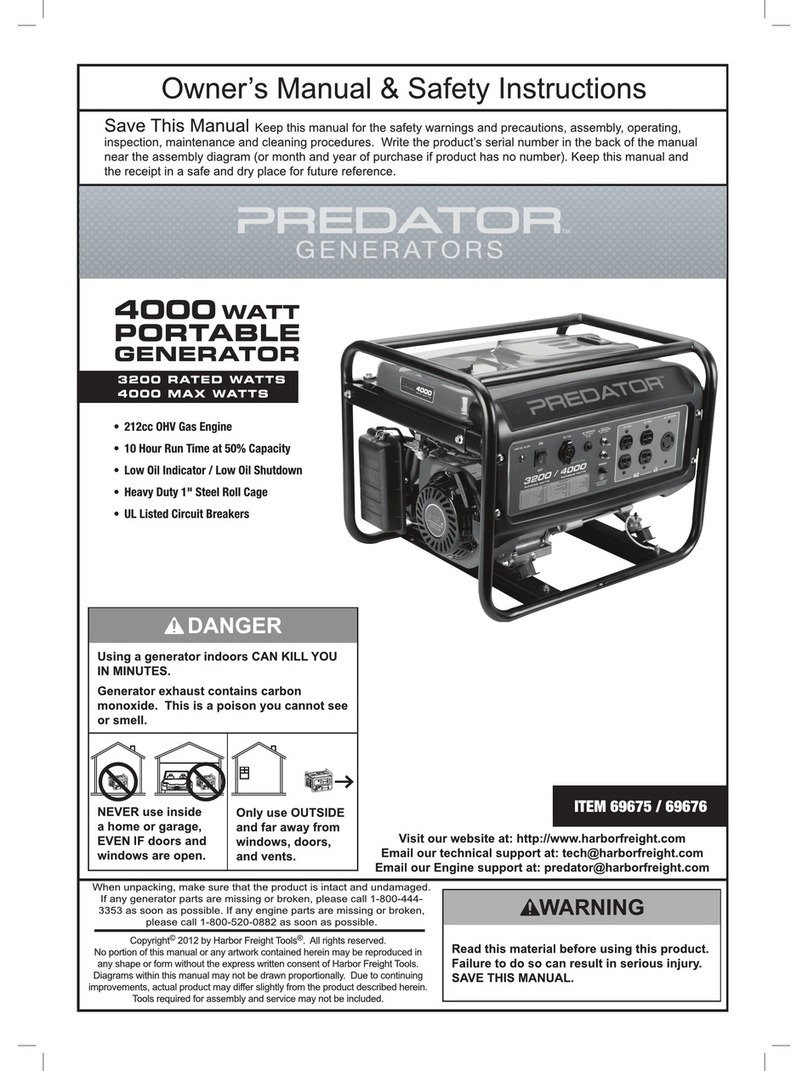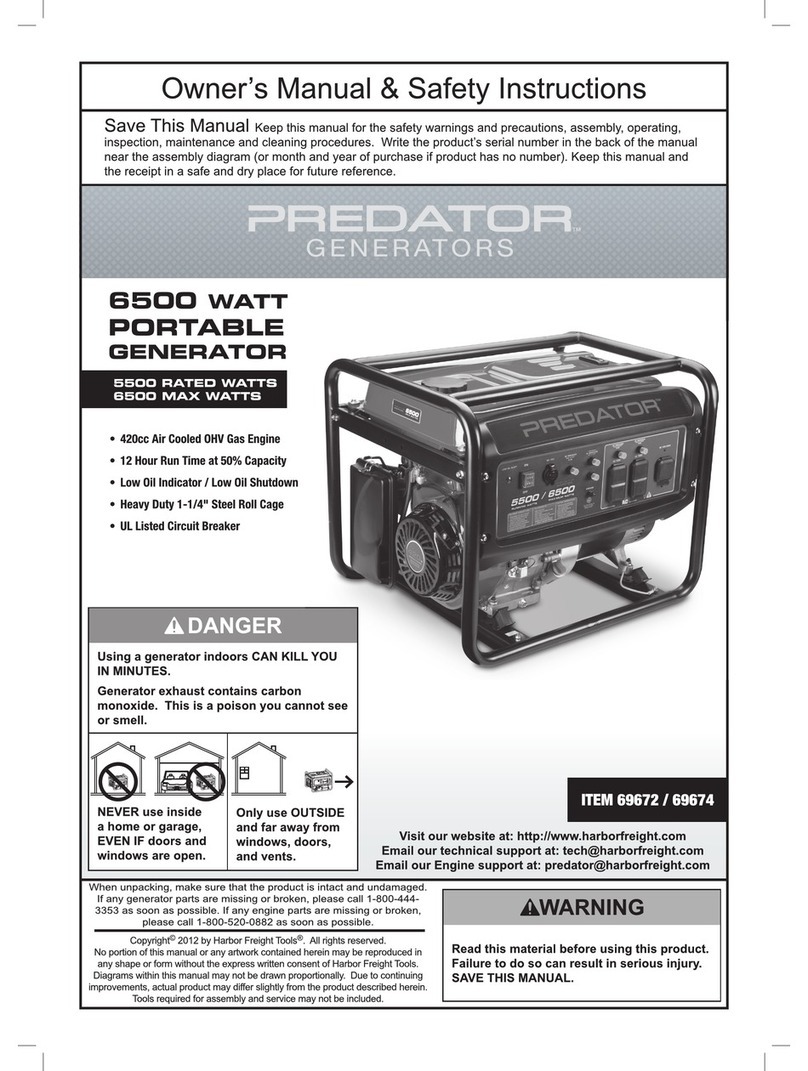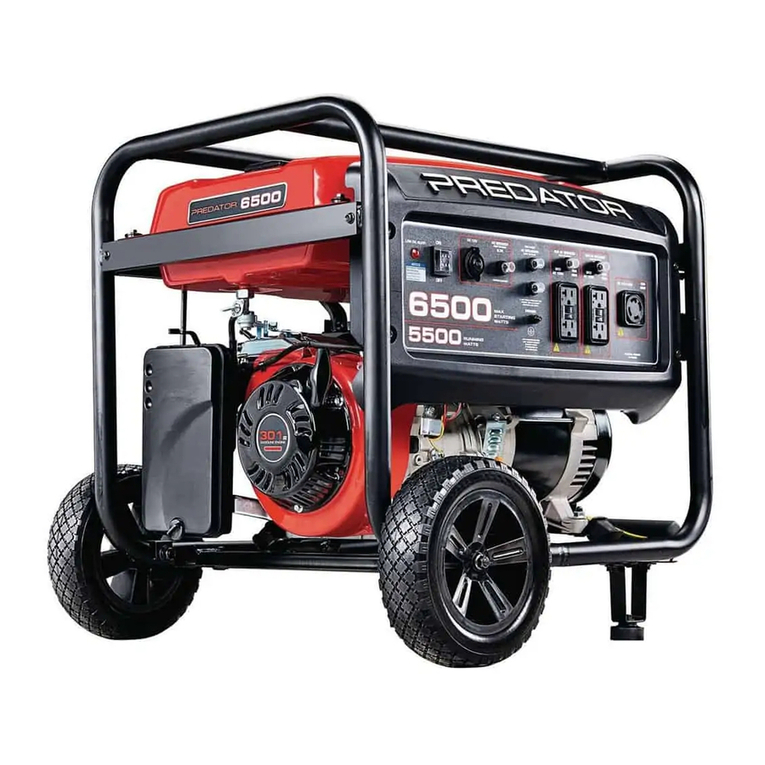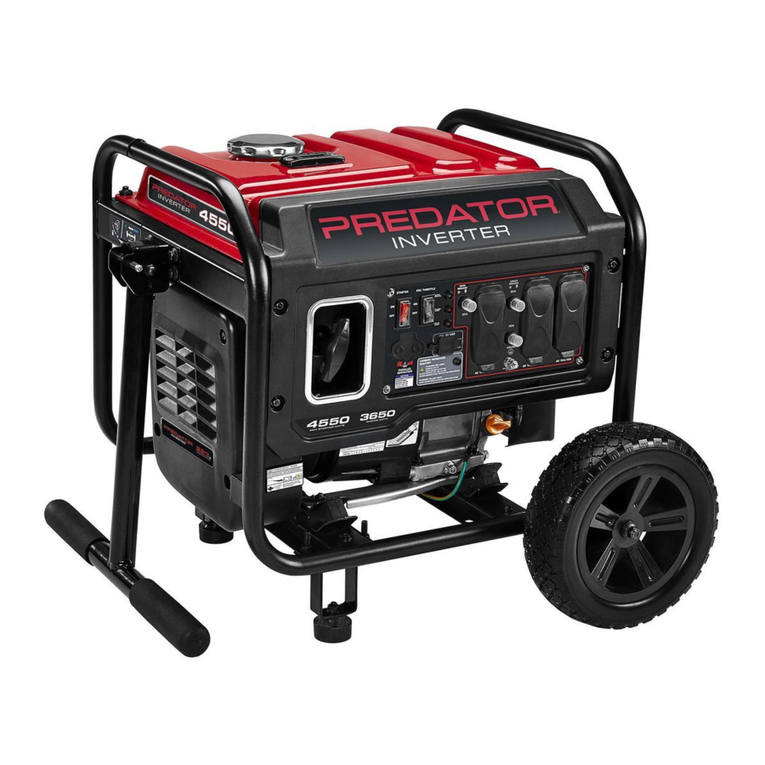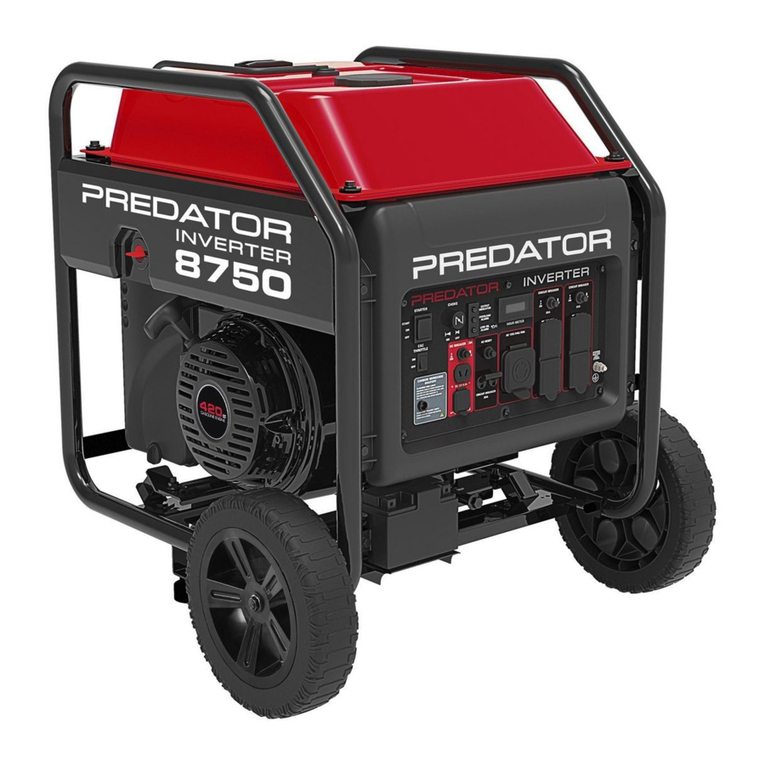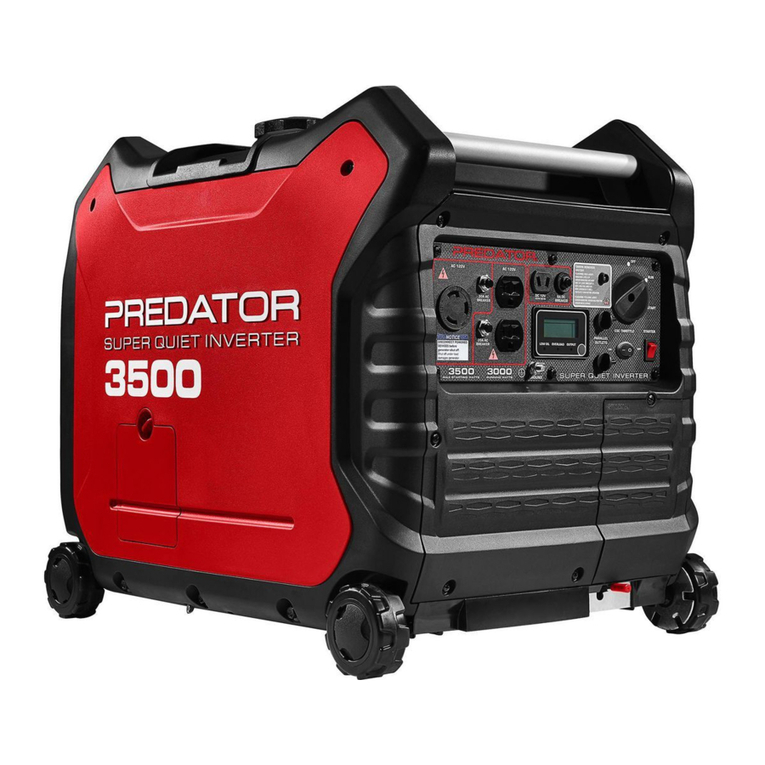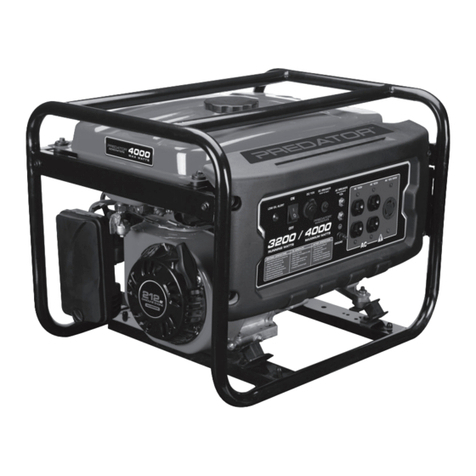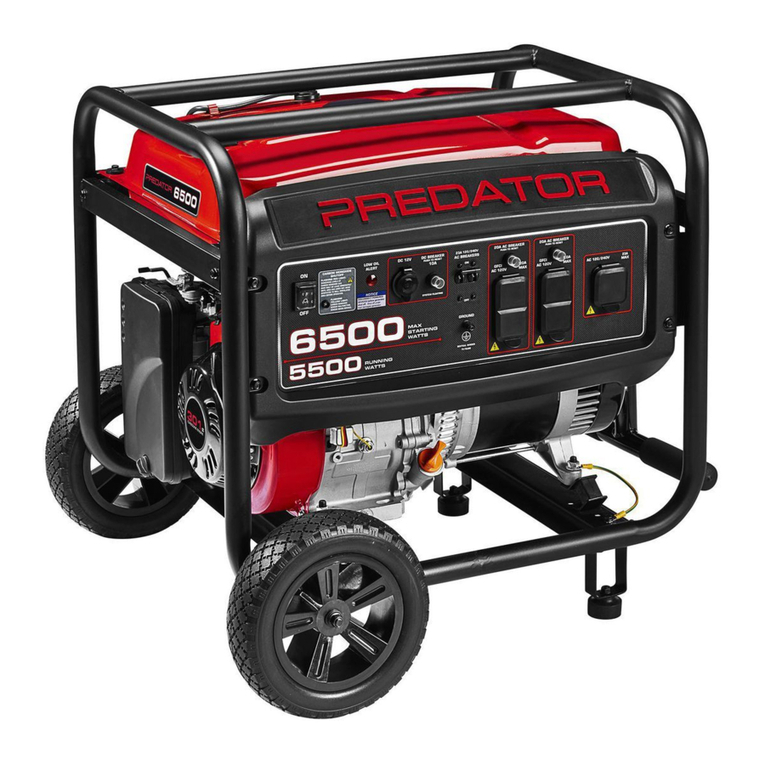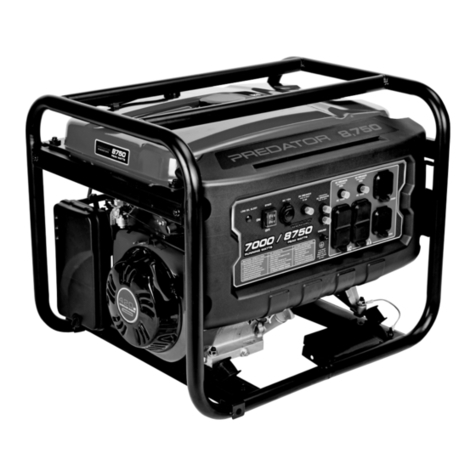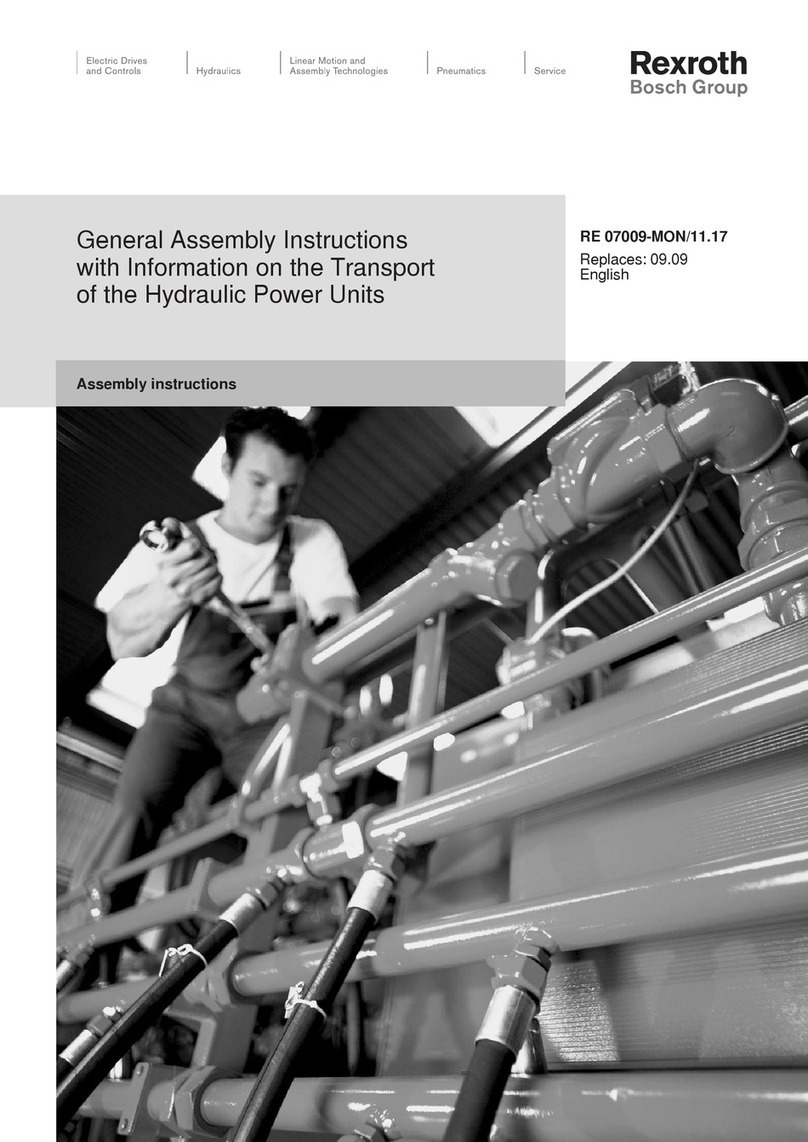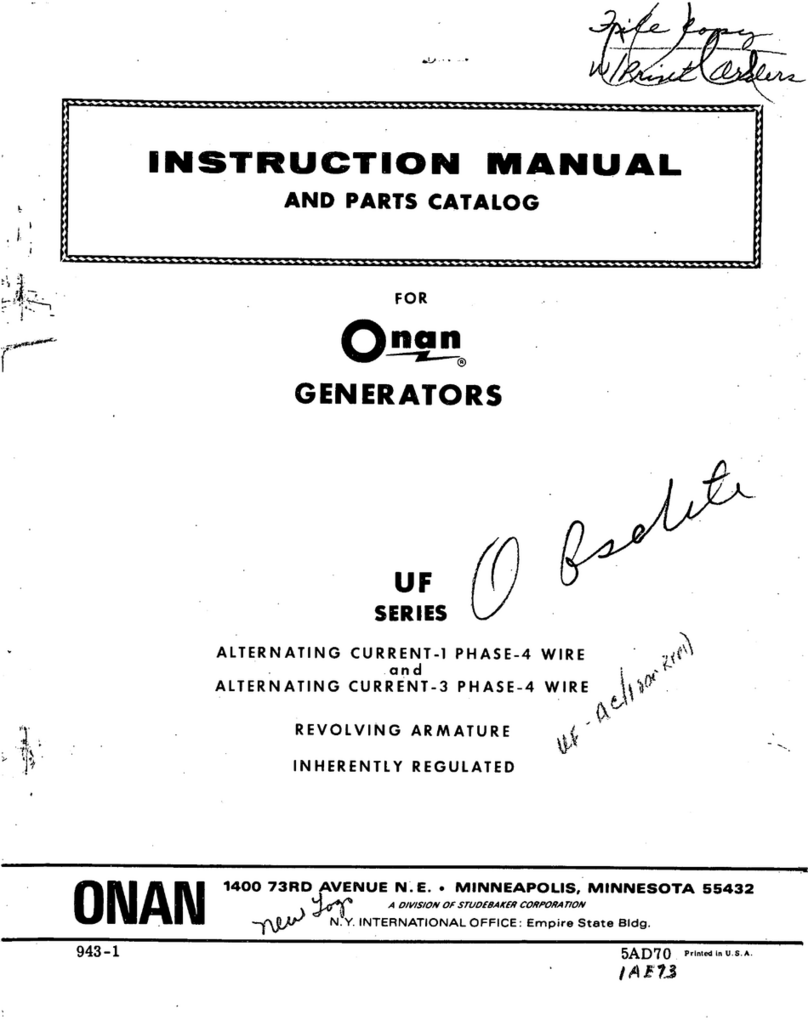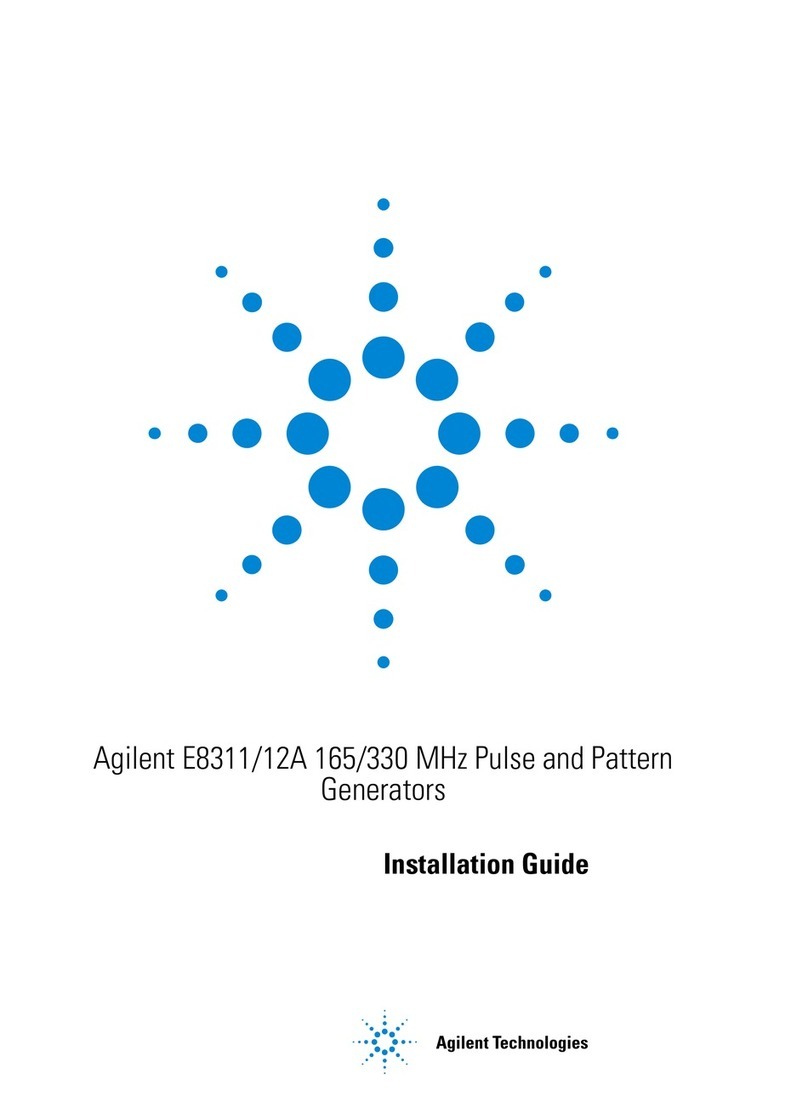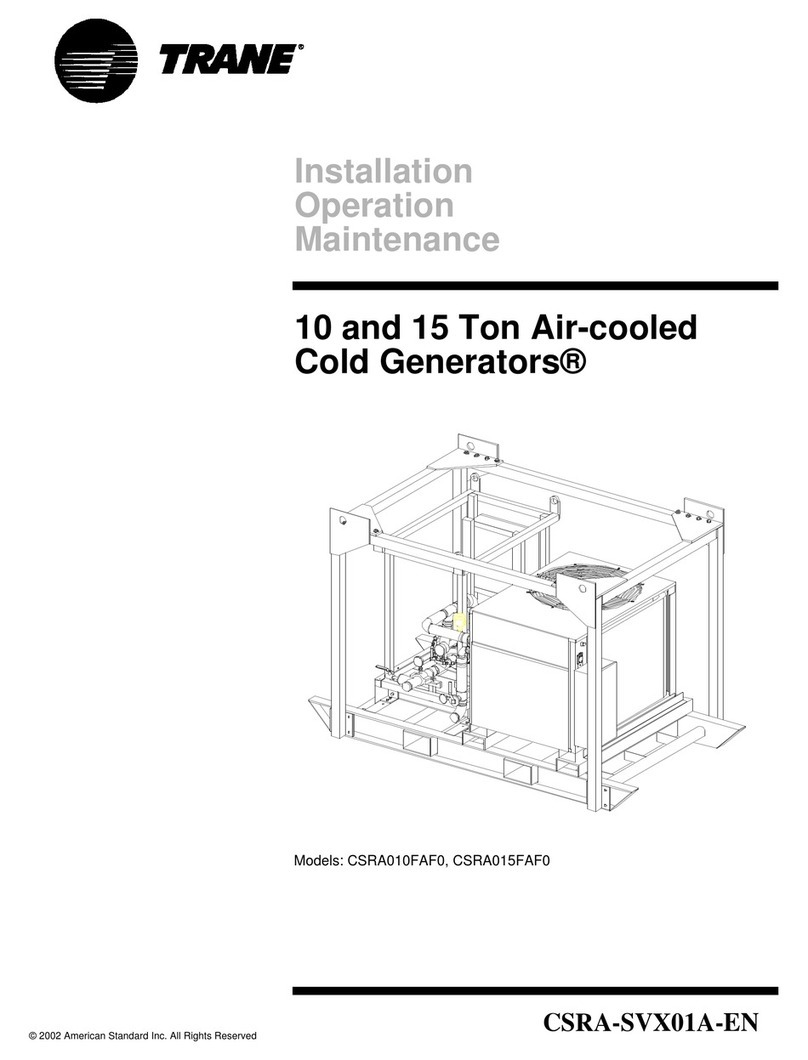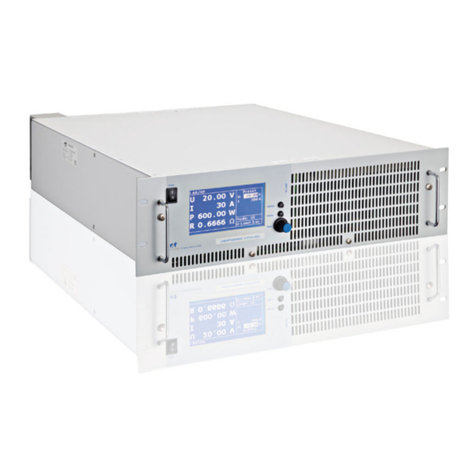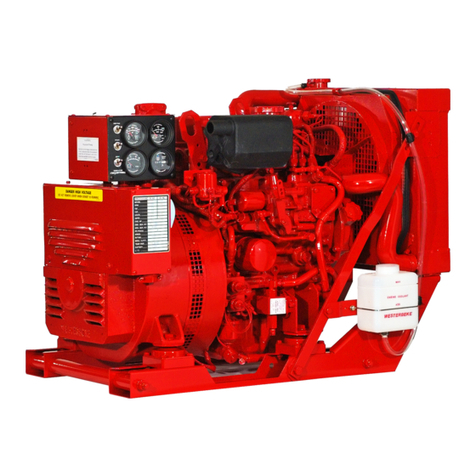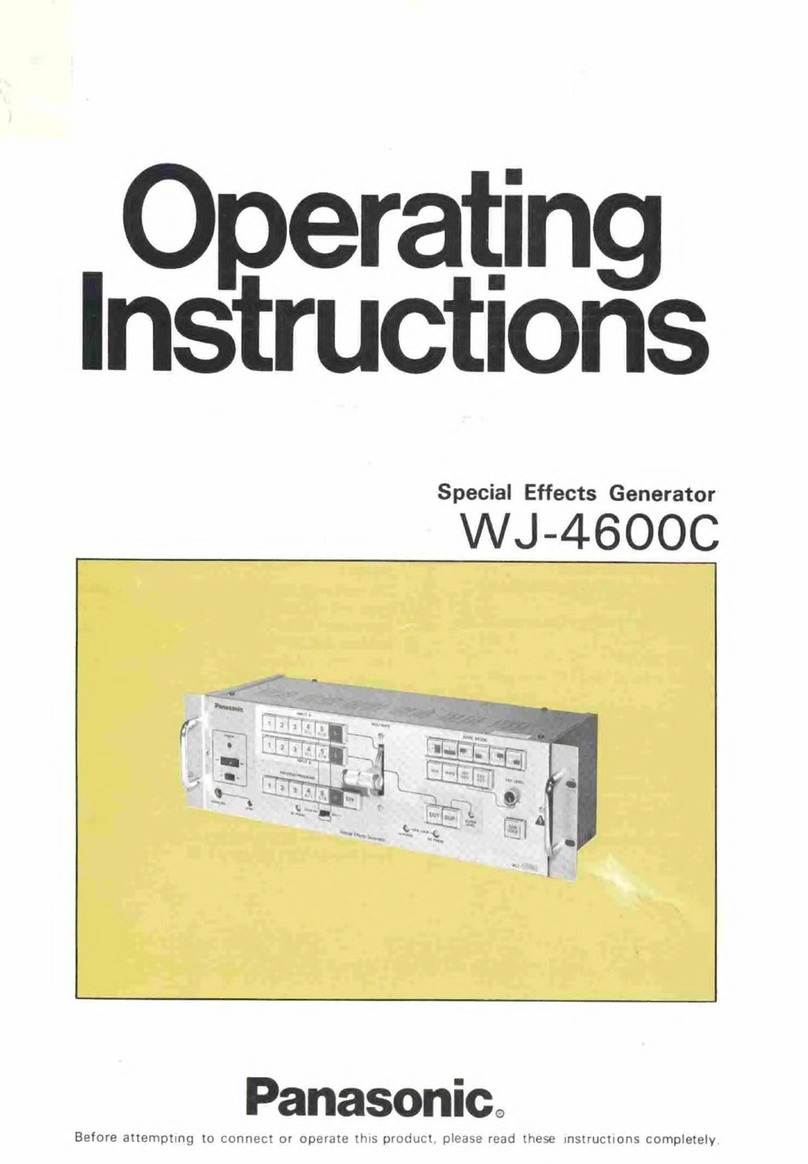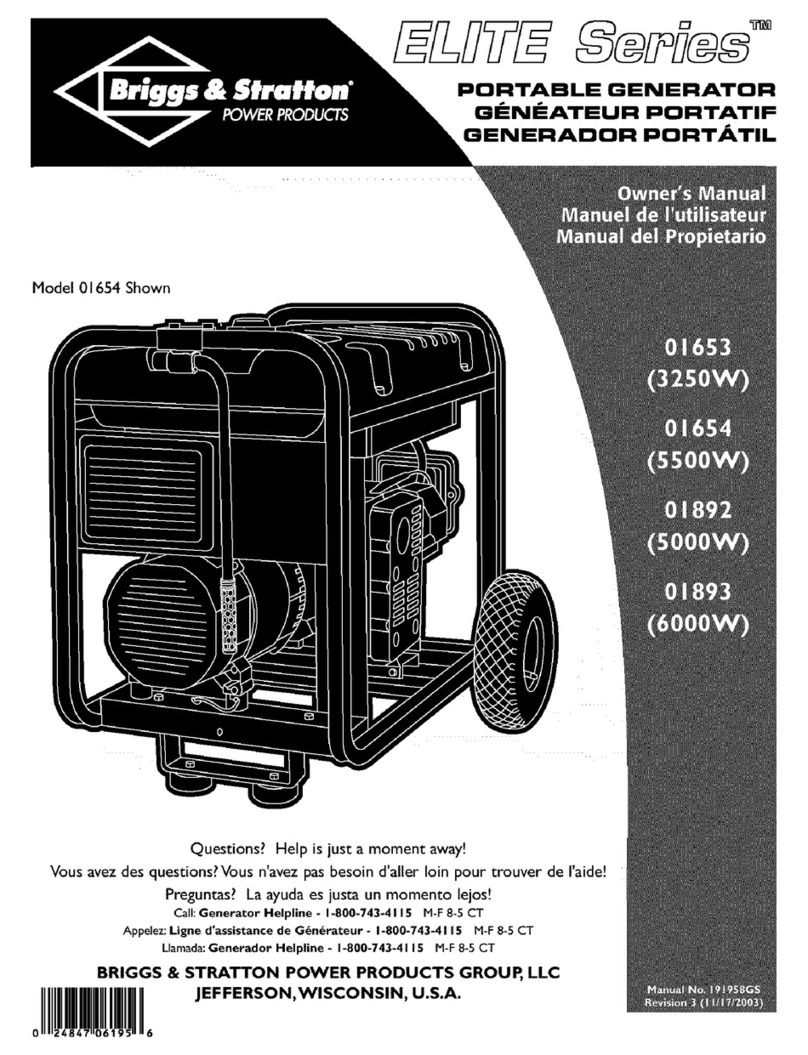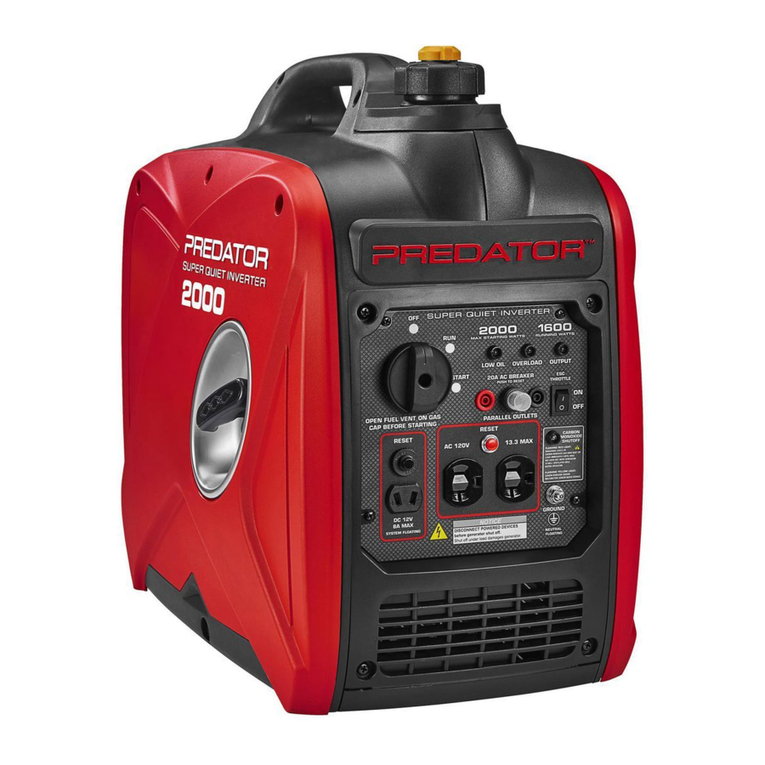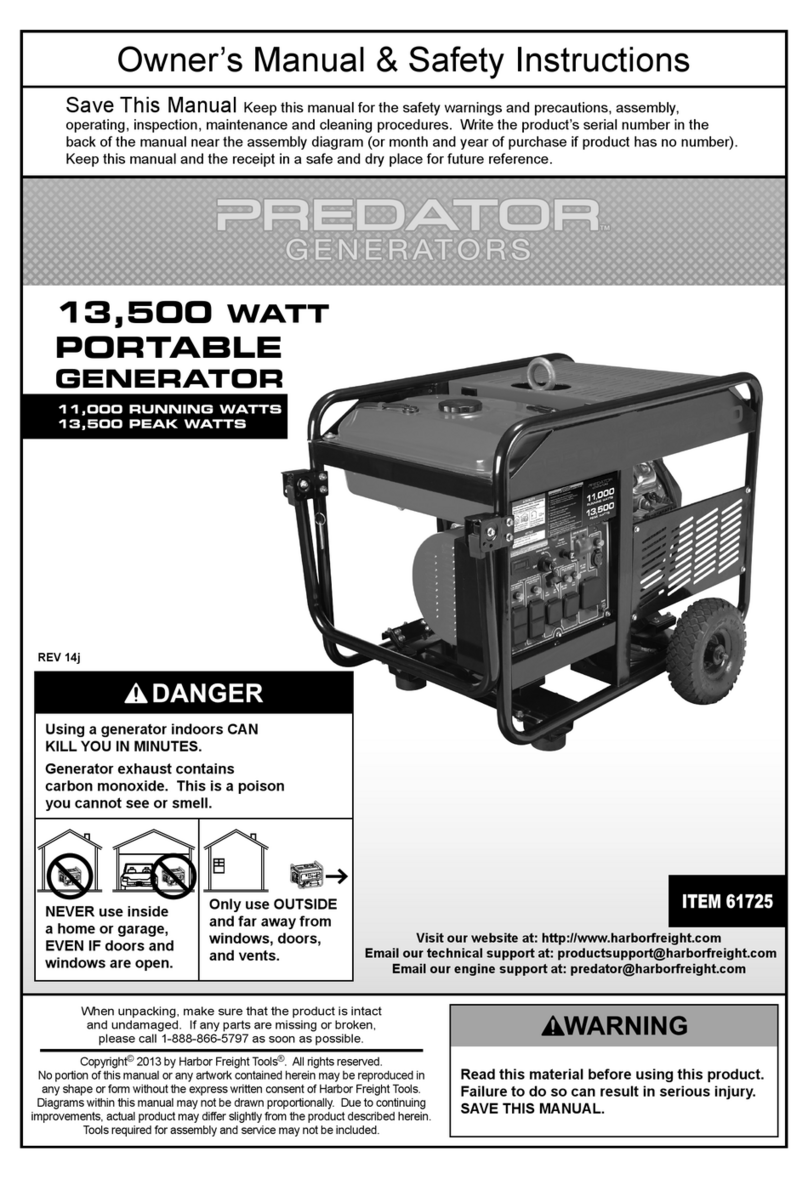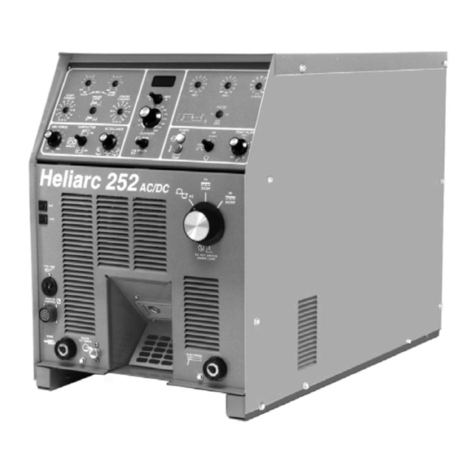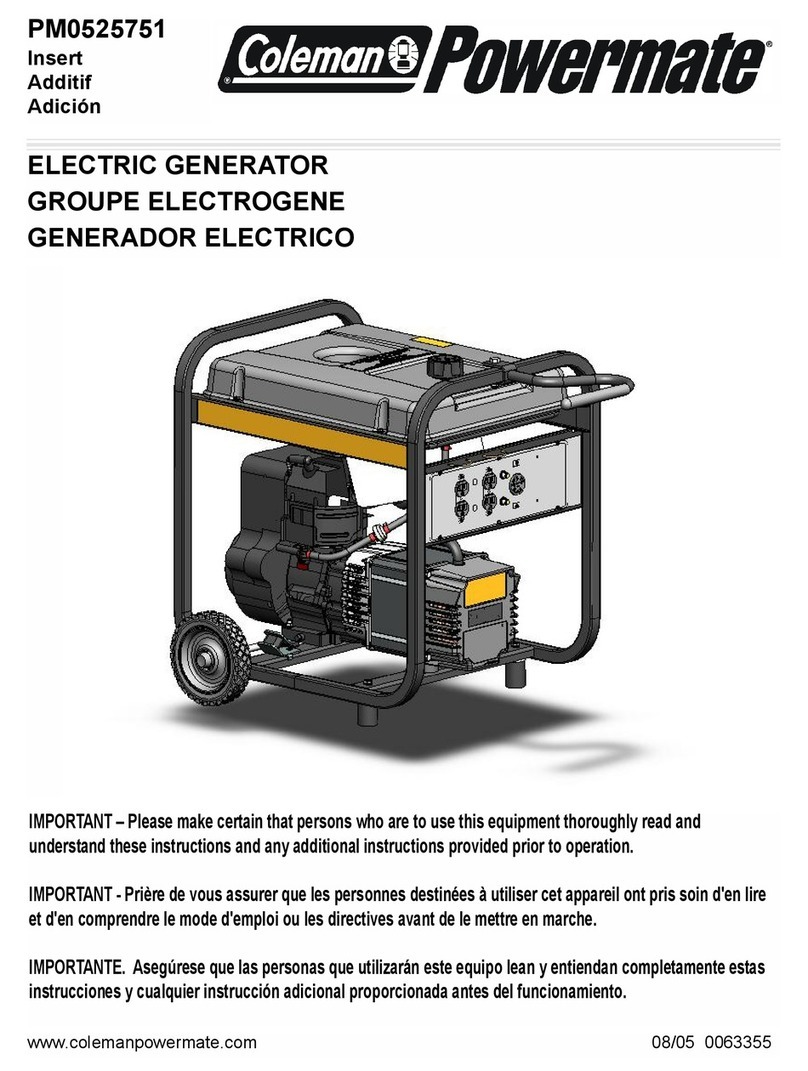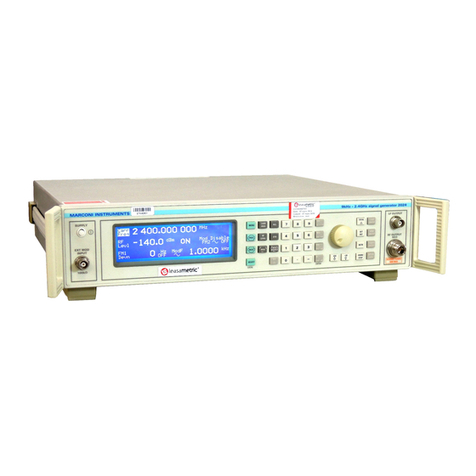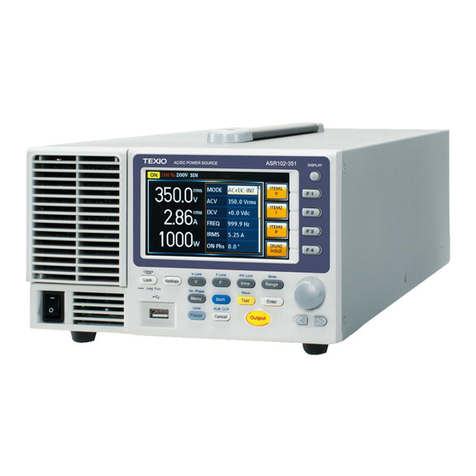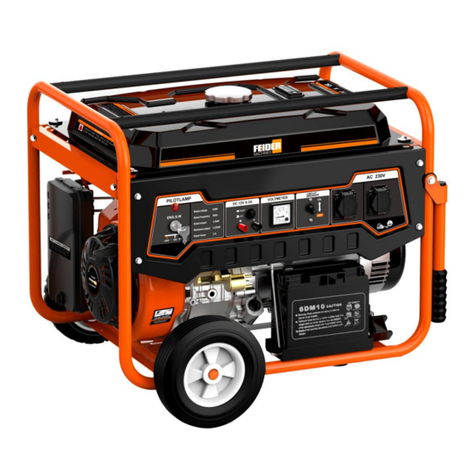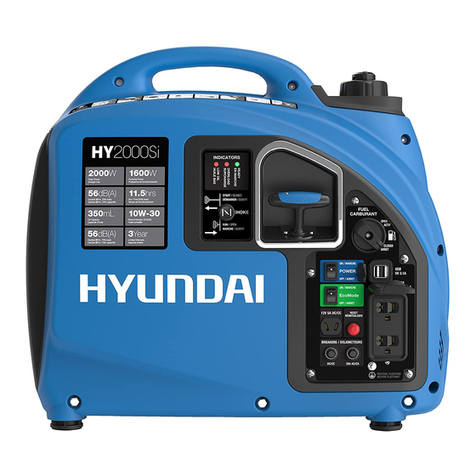
Page 6 For technical questions, please call 1-888-866-5797. ITEM 70143
SAFETY OPERATION MAINTENANCESETUP
2. CARBON MONOXIDE SHUTOFF
DANGER! TO PREVENT SERIOUS
INJURY AND DEATH FROM
CARBON MONOXIDE INHALATION:
The Carbon Monoxide sensor is an additional
layer of protection only. Do not use the
Generator in any area or situation that will
allow carbon monoxide to accumulate.
• FLASHING RED LIGHT:
Dangerous levels of carbon monoxide gas have
built up and generator will shutoff.
Leave immediately until area has aired
out. Move Generator to well-ventilated
area before operation.
• FLASHING YELLOW LIGHT:
Carbon monoxide sensor malfunction.
Sensor needs service. Do not use the
Generator until the sensor is working
properly. For technical questions,
please call 1-888-866-5797.
NOTE: Yellow light flashes once after
starting to indicate passing self-check
and is functioning normally.
Carbon Monoxide sensor must only be serviced
by qualified technician to restore it to original
settings. Do not modify or tamper with the
Carbon Monoxide sensor. Not following these
instructions can result in death or serious injury
due to Carbon Monoxide sensor malfunction.
3. Never use a generator indoors, including in
garages, basements, crawl spaces and sheds.
Opening doors and windows or using fans will NOT
prevent carbon monoxide build up in the home.
4. When using generators, keep them outdoors
and far away from open doors, windows,
and vents to avoid toxic levels of carbon
monoxide from building up indoors.
5. If you start to feel sick, dizzy, or weak while
using a generator, get to fresh air right away.
The carbon monoxide from generators can
quickly lead to full incapacitation and death.
6. LPG/Propane is highly flammable and explosive.
7. Flammable gas under pressure can
cause a fire or explosion if ignited.
8. LPG/Propane can settle in low places
because it is heavier than air.
9. LPG/Propane has a distinctive odor added
to help detect potential leaks. This odor can
diminish over time or due to other factors.
10. Keep LPG/Propane tanks in an upright position.
11. Connect LPG/propane tank using provided
attachment kit only. Kit includes 1.5 meter
(4.9 ft) hose. Place tank as far away from
Generator as hose allows and away from engine
exhaust. Do not place tank above Generator.
12. When exchanging LPG/propane tanks, be
sure the tank valve is the same type.
13. In case of a LPG/propane fire, do not
attempt to extinguish unless the fuel
supply can be shut off safely.
14. LPG/propane will burn the skin. Prevent
skin contact at all times.
15. Keep the propane tank away from
the generator exhaust.
16. Keep children away from the equipment,
especially while it is operating.
17. Keep all spectators at least six feet
from the engine during operation.
18. Fire Hazard! Do not fill gas tank while engine is
running. Do not operate if gasoline has been spilled.
Clean spilled gasoline before starting engine.
Do not operate near pilot light or open flame.
19. Do not touch engine during use.
Let engine cool down after use.
20. Never store fuel or other flammable
materials near the engine.
21. If the plugged in product operates abnormally
or unusually slow, immediately stop using the
generator as a power source. Read and adhere
to the instruction manual of the product to be
powered to make sure that it can be safely and
efficiently powered by a portable generator.
22. Before connecting an appliance or power cord
to the generator: Make sure that it is in good
working order. Faulty appliances or power cords
can create a potential for electrical shock.
23. Do not exceed the running wattage of the generator.
Make sure that the total electrical rating of the
all of the tools or appliances plugged into the
generator at the same time does not exceed that
of the generator. Check that the startup surge
will not be beyond the limit of the generator.
24. Do not overload the generator. Even a
slight overload may lead to premature
generator failure and a substantial
overload will trip the circuit breaker.
25. Do not attempt to connect or disconnect
load connections while standing in water,
or on wet or soggy ground.
26. Do not touch electrically energized parts of
the generator and interconnecting cables or
conductors with any part of the body, or with
any non-insulated conductive object.
27. Connect the generator only to a load that is
compatible with the electrical characteristics
and running wattage of the generator.
28. Insulate all connections and disconnected wires.
29. Guard against electric shock.
Prevent body contact with grounded surfaces such
as pipes, radiators, ranges, and refrigerators.
30. Only use a suitable means of transport and
lifting devices with sufficient weight bearing
capacity when transporting the generator.
31. Secure the generator on transport vehicles to
prevent it from rolling, slipping, and tilting.





















